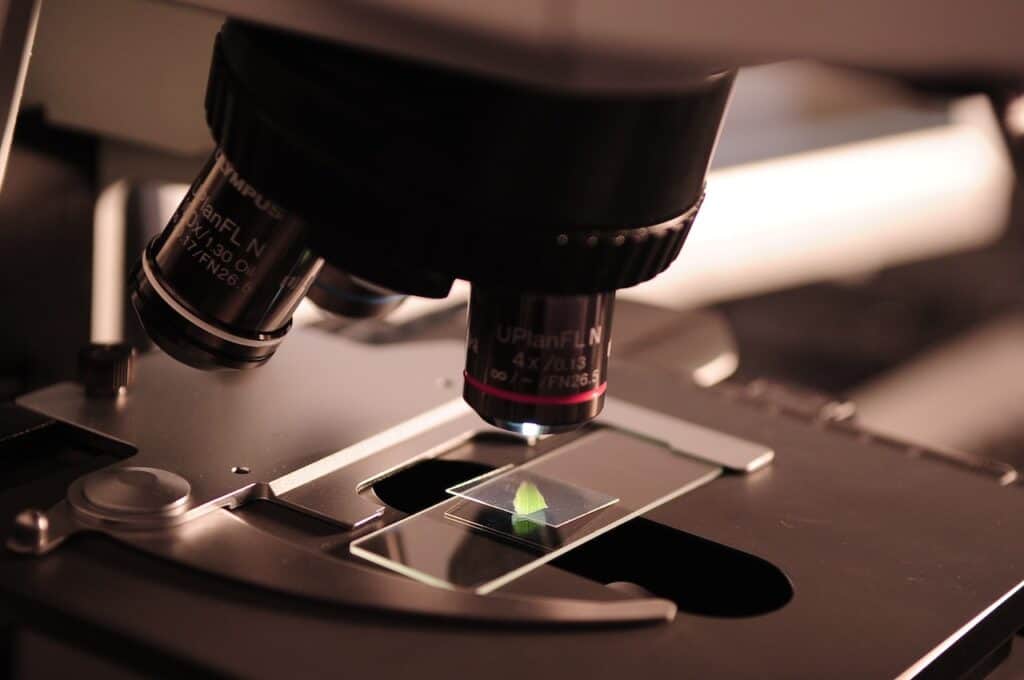Best Compound Microscope Worksheet for Students 2023!
- By admin
- 2023-07-07
- 0 comments

Best Compound Microscope Worksheet for Students 2023! – Are you a student who wants to learn more about compound microscopes? Look no further!
In this article, we will introduce you to a helpful tool called the compound microscope worksheet. This worksheet is designed specifically for students like you, aiming to enhance your understanding of compound microscopes and their functions.
The compound microscope worksheet provides an interactive and engaging way for you to grasp the basics of a compound microscope. It will guide you through setting up your microscope, identifying its different parts, and using it for magnification.
By completing the worksheet, you will gain hands-on experience that will help solidify your knowledge and improve your skills in using a compound microscope.
So get ready to embark on this exciting learning journey, as we dive into the world of compound microscopes together!
Best Compound Microscope Worksheet for Students 2023!
Understanding the Basics of a Compound Microscope
Now, let’s dive into the nitty-gritty of how you can use a compound microscope to explore the microscopic world around you.
A compound microscope is a powerful tool that allows you to see objects that are too small to be visible to the naked eye. It consists of two lenses, the ocular lens (located at the eyepiece) and the objective lens (located near the specimen). By adjusting the focus and magnification, you can bring tiny specimens into sharp focus and observe their intricate details.
To start using a compound microscope, you need to prepare a slide with a specimen. Place the slide on the stage and secure it using the stage clips. Make sure the slide is positioned directly under the objective lens. Then, using the coarse adjustment knob, bring the objective lens as close to the slide as possible without touching it. Look through the eyepiece and use the coarse adjustment knob to move the objective lens away from the slide until the specimen comes into focus. Finally, use the fine adjustment knob to fine-tune the focus and get a clear image.
By using a compound microscope, you can explore the fascinating world of microscopic organisms and structures that are all around us. It opens up a whole new realm of scientific discovery, allowing you to observe cells, bacteria, and other tiny organisms in great detail. So grab a microscope, prepare a slide, and start exploring the hidden wonders that await you!
Setting Up Your Compound Microscope Worksheet for Students
To get started, you’ll need to adjust the focus knob until the slide comes into clear view. This is an important step in setting up your compound microscope because it allows you to see the specimen clearly and in detail.
The focus knob is usually located on the side or under the stage of the microscope. By turning the knob clockwise or counterclockwise, you can bring the slide into focus and adjust the clarity to your preference.
Once you have adjusted the focus, you can move on to the next step in setting up your compound microscope. This step involves adjusting the light source.
Most compound microscopes have a built-in light source, usually positioned under the stage. You can control the intensity of the light by using the light control knob. By turning it clockwise or counterclockwise, you can increase or decrease the brightness of the light.
It’s important to find the right balance of light, as too much or too little can affect the visibility of the specimen.
By following these steps, you can properly set up your compound microscope and begin your exploration of the microscopic world.
Identifying the Parts of a Compound Microscope

Get ready to explore the hidden world with a compound microscope as we identify its various parts.
The first part you’ll want to familiarize yourself with is the eyepiece. This is the part you look through to see the specimen on the slide. It usually has a magnification power of 10x and can be adjusted to your preference.
Next, let’s move on to the objective lenses. These are located on the revolving nosepiece and are responsible for magnifying the image. Compound microscopes typically have three or four objective lenses with different magnification powers, such as 4x, 10x, 40x, and sometimes 100x. Remember to start with the lowest magnification and work your way up to avoid damaging the lenses.
Now, let’s take a look at the stage. This is where you place the slide containing the specimen. The stage usually has clips or a mechanical stage to securely hold the slide in place.
Beneath the stage, you’ll find the condenser, which helps focus the light onto the specimen. It can be adjusted to control the amount of light that passes through the slide. Additionally, you’ll notice the diaphragm, which is located below the condenser. This allows you to adjust the amount of light that enters the microscope.
Lastly, don’t forget about the coarse and fine focus knobs. These are used to bring the specimen into focus by adjusting the distance between the lenses and the slide. The coarse focus knob is used for initial focusing, while the fine focus knob is used for precise adjustments.
With these essential parts identified, you’re now ready to start using your compound microscope to explore the fascinating microscopic world.
Using a Compound Microscope for Magnification
Take a closer look at the microscopic world and experience the power of magnification with your compound microscope. With this incredible tool, you have the ability to see objects in a whole new way.
By adjusting the objective lenses, you can increase the magnification and observe tiny details that are otherwise invisible to the naked eye. As you peer through the eyepiece, you’ll be amazed at the level of clarity and precision that the compound microscope provides. It allows you to explore the intricate structures of cells, study the movements of microorganisms, and delve into the fascinating world of microscopic organisms.
Using a compound microscope for magnification is a skill that takes practice and patience. It requires careful adjustments of the focus and fine-tuning of the light source to get the best image possible. As you become more familiar with the controls and techniques, you’ll be able to uncover the hidden beauty of the microscopic world.
Whether you’re a student studying biology or a curious individual with a passion for science, the compound microscope is a valuable tool that opens up a whole new realm of exploration. So, grab your microscope and embark on a journey of discovery, where the tiniest details reveal the wonders of the unseen.
Exploring the Functions of a Compound Microscope
Embark on a captivating journey of discovery as you explore the fascinating functions of this remarkable tool, immersing yourself in a world of hidden wonders.
The compound microscope offers a range of functions that allow you to observe and study microscopic organisms and objects with unprecedented detail. One of the primary functions of a compound microscope is magnification. By using a combination of lenses, the microscope can enlarge the image of the specimen, allowing you to see it more clearly. This function enables you to observe tiny structures that are otherwise invisible to the naked eye, opening up a whole new dimension of exploration.
In addition to magnification, the compound microscope also offers the function of resolution. This refers to the microscope’s ability to distinguish between two separate objects that are close together. With the high level of resolution provided by a compound microscope, you can observe the intricate details of cells, bacteria, and other microscopic organisms. This function is crucial in fields such as biology and medicine, where the ability to accurately identify and study microscopic structures is essential.
The compound microscope also allows for easy focusing, thanks to its fine and coarse adjustment knobs. These knobs allow you to bring the specimen into sharp focus, ensuring that you can observe it with utmost clarity. Moreover, the compound microscope often comes equipped with a built-in light source, such as an LED or halogen lamp, which illuminates the specimen from below. This feature not only enhances visibility but also enables you to observe the specimen in different lighting conditions, providing a more comprehensive understanding of its characteristics.
The compound microscope offers a plethora of functions that make it an indispensable tool for scientific exploration. From magnification and resolution to focusing and illumination, this remarkable instrument empowers you to uncover the secrets of the microscopic world. So, dive in and let the compound microscope guide you on a mesmerizing journey of discovery.
To ensure smoother microscope function, you should read the article about microscope rules.
Compound Microscope Worksheet for Students

In conclusion, you’ve learned the basics of a compound microscope and how to set it up for use. You’ve also become familiar with the different parts of a compound microscope and their functions.
By understanding how to use a compound microscope for magnification, you can now explore the microscopic world and gain a deeper understanding of various subjects. Whether you’re a student studying biology or a curious individual wanting to explore the unseen, the compound microscope is an invaluable tool that’ll enhance your learning experience.
So go ahead, grab a slide, and start uncovering the hidden wonders that await you!






